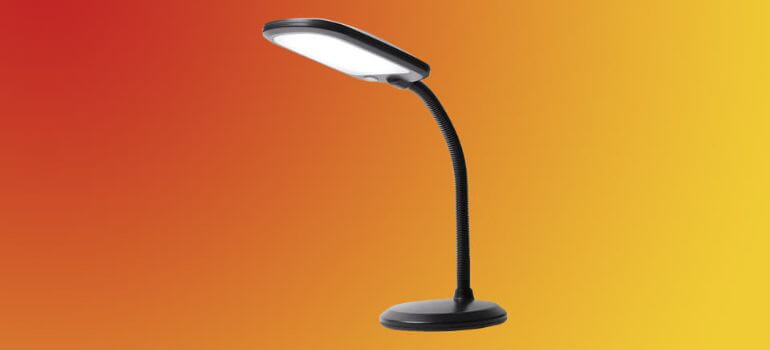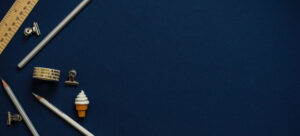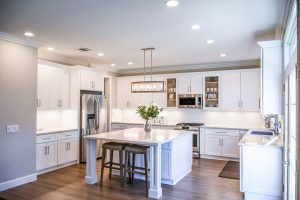Puzzles have been a beloved pastime for generations, offering both relaxation and a sense of accomplishment when that final piece fits into place. However, the enjoyment of working on a puzzle can be greatly enhanced or hindered by the quality of lighting. In this article, we’ll explore the ins and outs of choosing the best lighting for puzzles, shedding light on how to create the perfect puzzle-solving environment.
The Importance of Proper Lighting for Puzzles
The first piece of our puzzle, so to speak, is understanding why good lighting is crucial. Proper illumination helps reduce eye strain and makes it easier to distinguish between subtle color variations in puzzle pieces. Inadequate lighting can lead to frustration and discomfort, affecting the overall puzzle-solving experience.
Natural Light vs. Artificial Light
When it comes to lighting, you have two primary options: natural light and artificial light. Natural light is an excellent choice during the daytime, but as puzzle enthusiasts know, puzzles don’t adhere to a strict schedule. Therefore, artificial lighting is essential for evening or cloudy day puzzling sessions.
Different Types of Puzzle Lighting
To cater to different needs and preferences, puzzle enthusiasts have several options when it comes to lighting:
a. Overhead Lighting
Overhead lighting, such as ceiling fixtures or pendant lights, provides even illumination across the entire puzzle surface. It’s a great choice for larger puzzles that require a broad field of vision.
b. Task Lighting
Task lighting, like desk lamps or adjustable floor lamps, offers focused, concentrated light. This is ideal for smaller puzzles or when you need to zoom in on a specific area of the puzzle.
c. Ambient Lighting
Ambient lighting, like wall sconces or floor lamps with shades, provides a warm, soft glow that complements the puzzle-solving ambiance. It’s perfect for a cozy, relaxed setting.
LED Lights for Puzzles
In recent years, LED lights have gained popularity for puzzle lighting. They are energy-efficient, emit little heat, and are available in various color temperatures, making them a versatile choice for puzzle enthusiasts.
Adjustable Light Sources
Flexibility is key when it comes to puzzle lighting. Choose fixtures with adjustable arms or goosenecks to direct the light precisely where you need it. This feature is especially helpful when working on intricate or detailed sections of a puzzle.
Choosing the Right Color Temperature
The color temperature of the light source can significantly impact your puzzle-solving experience. Cooler temperatures (e.g., 5000K) provide bright, white light, while warmer temperatures (e.g., 3000K) offer a cozier, yellowish glow. Experiment with different temperatures to find what works best for you.
Reducing Glare and Shadows
Glare and shadows can be distracting when working on puzzles. Position your light source to minimize glare by angling it slightly away from your line of sight. Adequate overhead lighting can help eliminate shadows on the puzzle surface.
The Role of Light Angle
Consider the angle at which light falls on the puzzle. An angled light source can reveal texture and depth in puzzle pieces, making it easier to identify where each piece fits.
Budget-Friendly Puzzle Lighting
You don’t need to break the bank to get suitable puzzle lighting. There are affordable options available, such as clip-on LED lights, which can be attached to your table, or DIY solutions using common household items.
Best Brands for Puzzle Lighting
For those who prefer quality over budget, some renowned brands in the lighting industry offer fixtures designed specifically for puzzles. Brands like OttLite and Daylight Company are known for their puzzle-friendly lighting solutions.
Lighting Accessories
In addition to the primary light source, consider accessories like magnifying glasses or anti-glare screens to further enhance your puzzle-solving experience.
Maintenance and Safety
Regularly clean your light source and replace bulbs as needed to maintain consistent lighting quality. Additionally, ensure that your lighting setup is safe to use, with no exposed wires or tripping hazards.
Puzzle Lighting Tips and Tricks
- Store your puzzle in a dedicated puzzle mat or roll-up to protect it from dust and damage when not in use.
- Use a comfortable chair with proper lumbar support to avoid back strain during extended puzzle sessions.
- Experiment with different lighting setups and colors to find your optimal puzzle-solving environment.
Conclusion
In conclusion, the right lighting can make all the difference in your puzzle-solving journey. By selecting the best lighting for puzzles, you can transform a simple hobby into an immersive and enjoyable experience.

Frequently Asked Questions (FAQs)
- What is the ideal color temperature for puzzle lighting?
- The ideal color temperature varies from person to person. Try both cooler (5000K) and warmer (3000K) temperatures to determine your preference.
- Are LED lights better than traditional incandescent bulbs for puzzles?
- LED lights are generally preferred for puzzles due to their energy efficiency and adjustable options.
- How can I reduce glare when working on puzzles?
- Position your light source to minimize glare by angling it away from your line of sight.
- What is the best way to store puzzles when not in use?
- It’s recommended to store puzzles in a dedicated puzzle mat or roll-up to protect them from dust and damage.
- Where can I find puzzle-friendly lighting fixtures and accessories?
- Renowned lighting brands like OttLite and Daylight Company offer lighting solutions tailored for puzzles. You can also find accessories at local home goods stores or online retailers.



